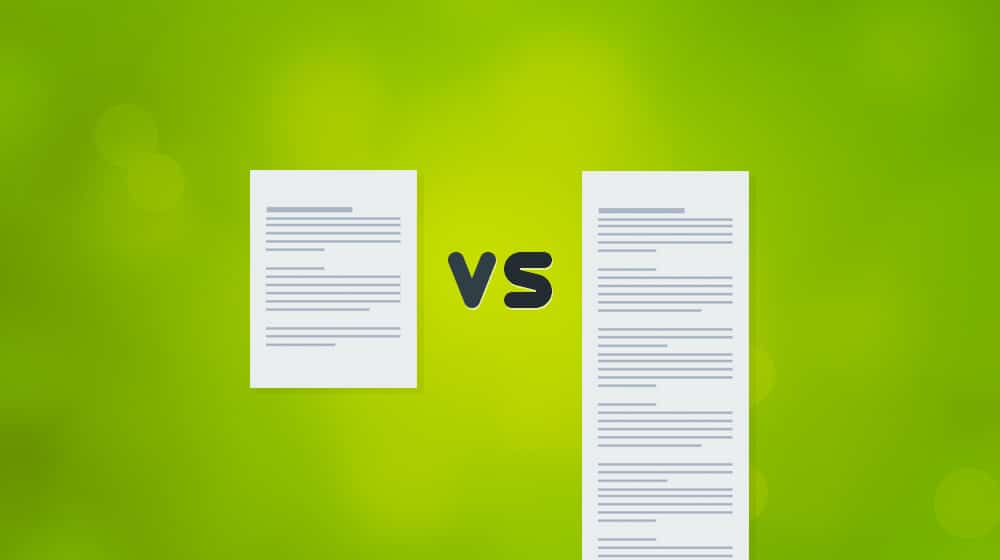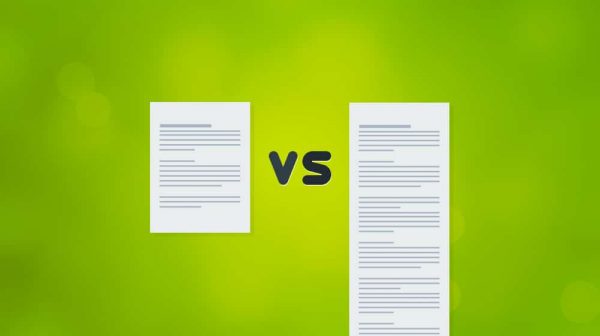Every brand needs to invest in content marketing in order to build brand awareness and showcase its originality. However, the question remains: what kind of content does one create? The short-form content is different from long-form content in many ways, and they both serve different purposes. Read on to learn more about the short-form content and the long-form content.
Read more about Business
What Is Short-Form Content?
The short-form content is usually under 1,200 words (text-based content) or under ten minutes (video or audio-based content). They may be infographics, blog articles, Reels, short videos and regular social media posts. They are easier to create and can contain a brief but important message for an audience.
The usefulness of short-form content includes:
Easier to make and consume: Internet users in today’s modern world spend hours online consuming content; they mostly do this by skimming. In their bid to get quick information, they do not spend much time on longer content. The short-form content caters for the short attention span of your customers. Short content can be viewed and absorbed in minutes, if not seconds.
Memorable: Information from long-form content may not be remembered easily as in short-form content. Your customers could forget some important bits of information even as you struggle to establish brand awareness with the long-form content. Short-form content in the form of videos and social media posts will leave a lasting impression in the minds of your customers.
Sign up for the Connect Nigeria daily newsletter
Accessible: Short-form content is intended for mobile phones. That is, they are viewable on mobile devices like smartphones and tablets and are more likely to engage. They are easier to skim and consume on smaller mobile screens.
What Is Long-Form Content?
The long-form content has over 1,200 words (text-based content) or over ten minutes (video-based content). This form of content could range from blog articles to social media posts and videos.
The usefulness of long-form content includes:
Best for SEO optimization: Long-form content will help your website to rank well on search engine results pages (SERPs). Long-form content can also garner more backlinks and social media shares, and boost website traffic and overall time-on-page. All these are positive signals for search engine rank.
Trustworthy: Since long-form content usually requires more time and effort to create, your customers are likely going to trust your brand. This form of content offers your audiences a chance to get in-depth information about your brand’s nature, and it can help you to showcase your strengths.
Quality: Lengthier content requires more skill sets, knowledge, in-depth research, and conscious thinking. Content creators need to come up with ways on how the long-form content will give answers to questions asked by customers.
Versatility: There is more opportunity to experiment with audio and visual aspects of content. You could blend text, graphics, videos, audio and other elements to pass your intended information.
What to Keep in Mind When Choosing Content-Length
Before you make the choice between short-form content or long-form content for your marketing strategy, you need to consider a few things. They include:
Register to attend the Connect Nigeria Business Mixer
Audience: Ask yourself: which type of content are they likely to engage? What new knowledge are they searching for? How do they react to the content you currently put out? When you study your audience behaviour and pay close attention to website analytics, you will be able to answer the above questions. Do not forget that social media listening matters, too.
Goals: Do you have a definite idea of what your content strategy seeks to achieve. Are you in the process of building up your brand reputation? Are you looking to rank well in search engine results? Do you hope to double up the rate at which conversations on your website start? Look at your marketing goals, they will provide answers to help you choose between the short-form content and the long-form content.
Competitors: Pay adequate attention to the competition within your niche. It will help you improve your content marketing efforts. Deciding on whether short-form content or long-form content is best for your brand depends on how intense the competition is. Conduct a competitor analysis on a regular basis and find out what kinds of content your major competitor is putting out, how long each piece is and their content tactics.
Featured Image Source: Content Powered
Got a suggestion? Contact us: [email protected]


